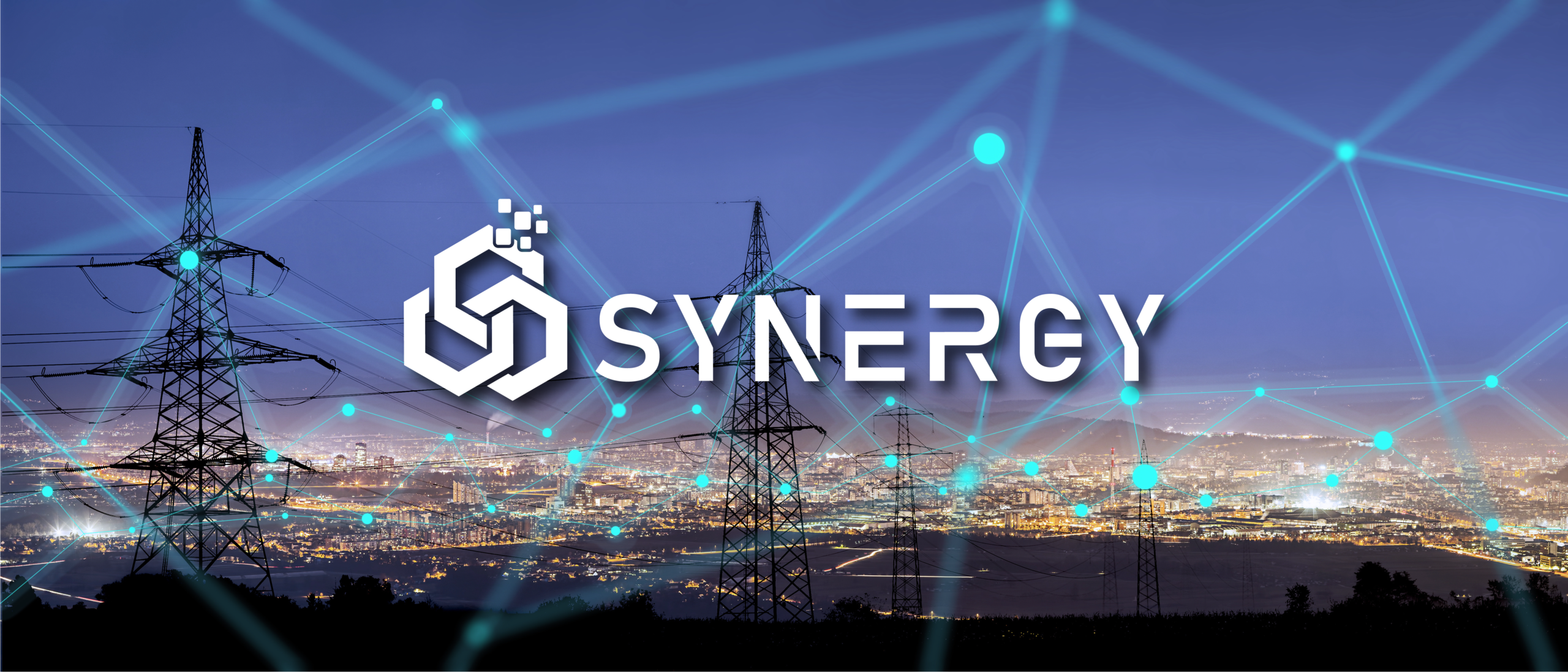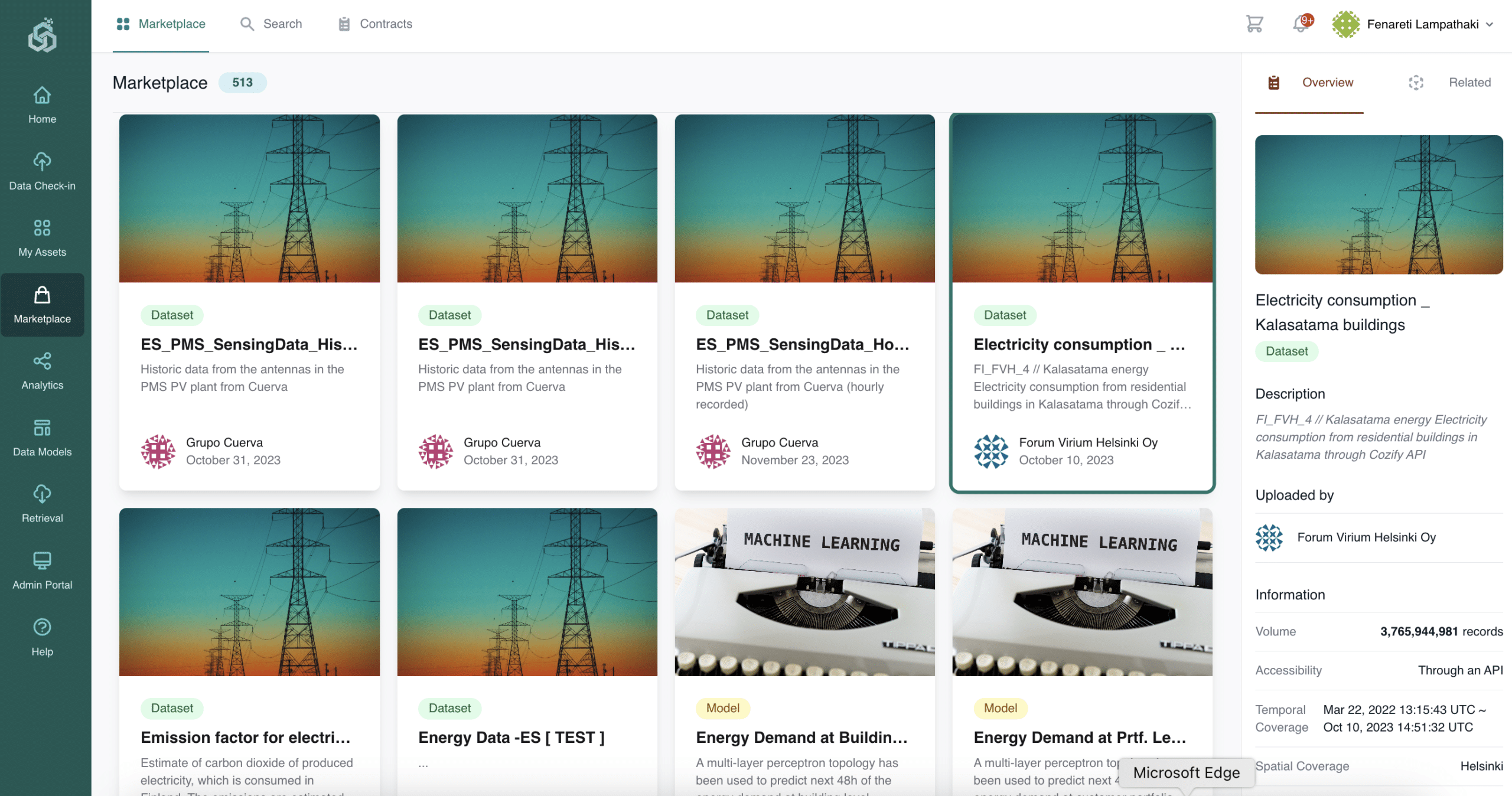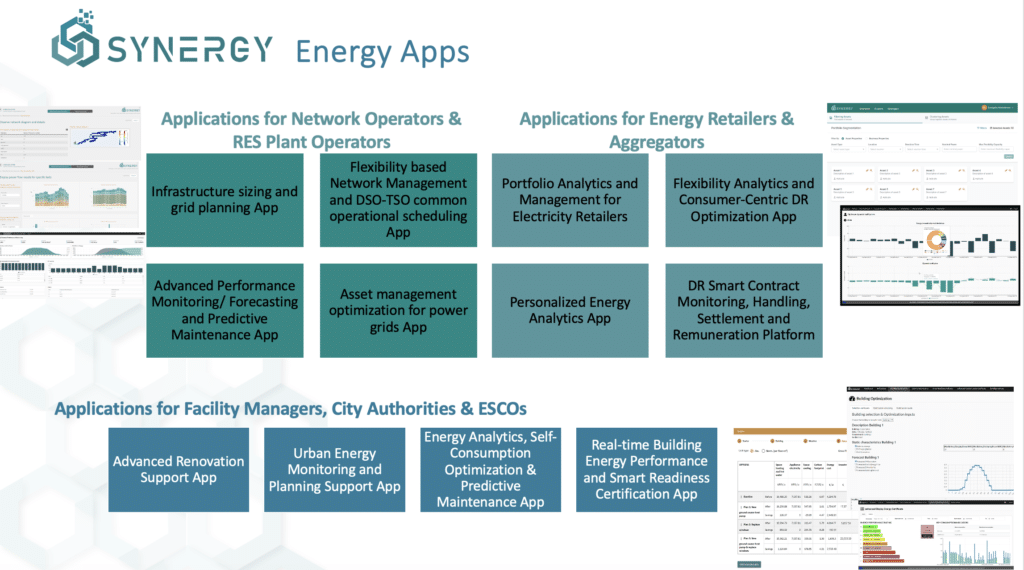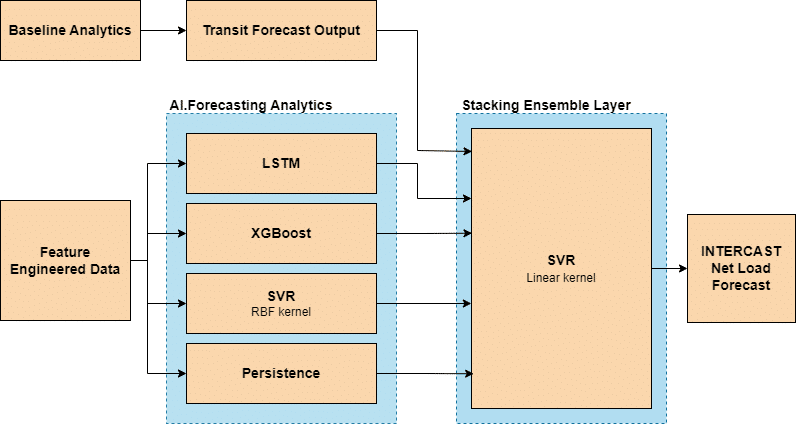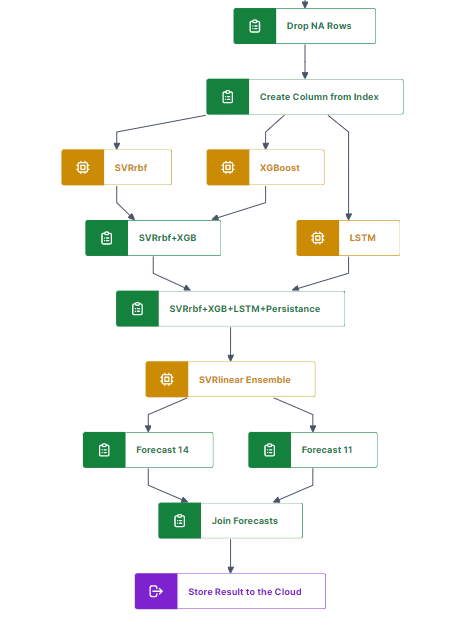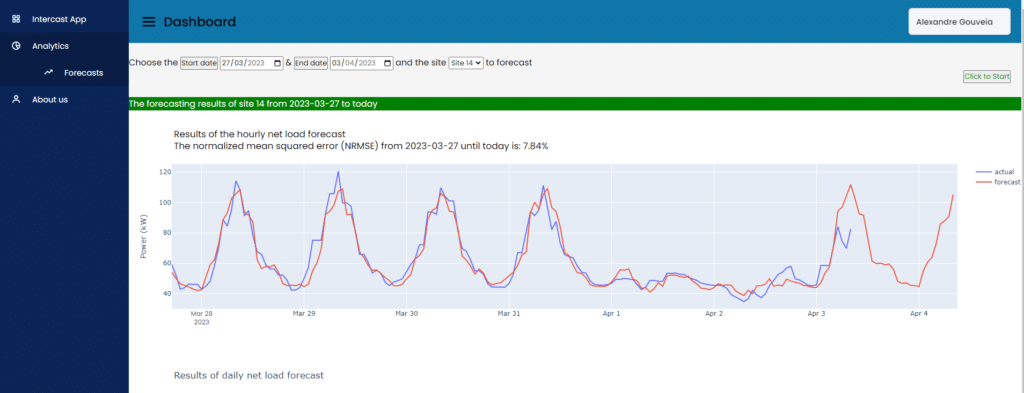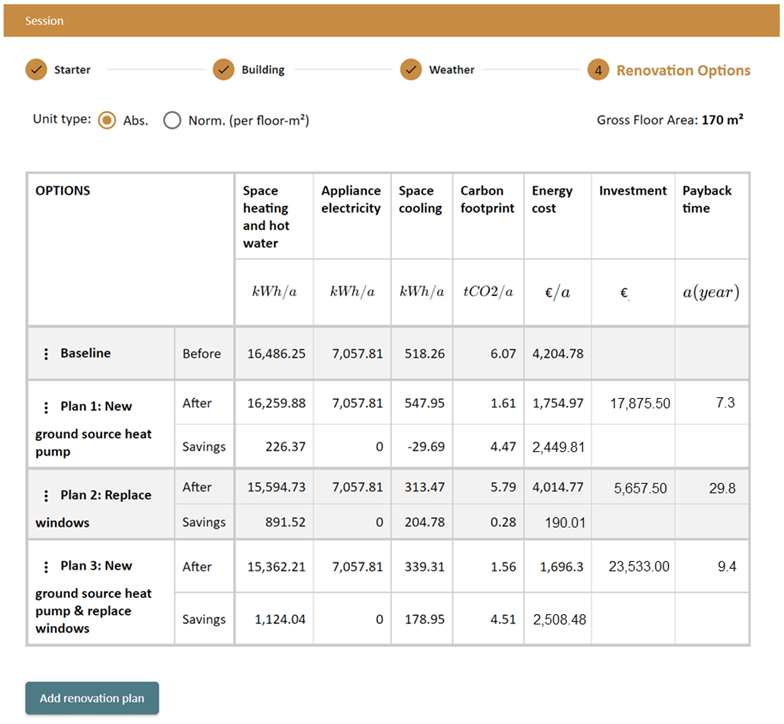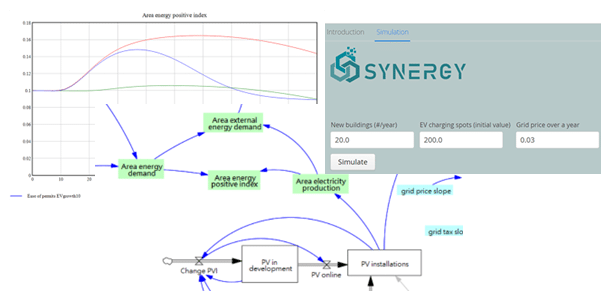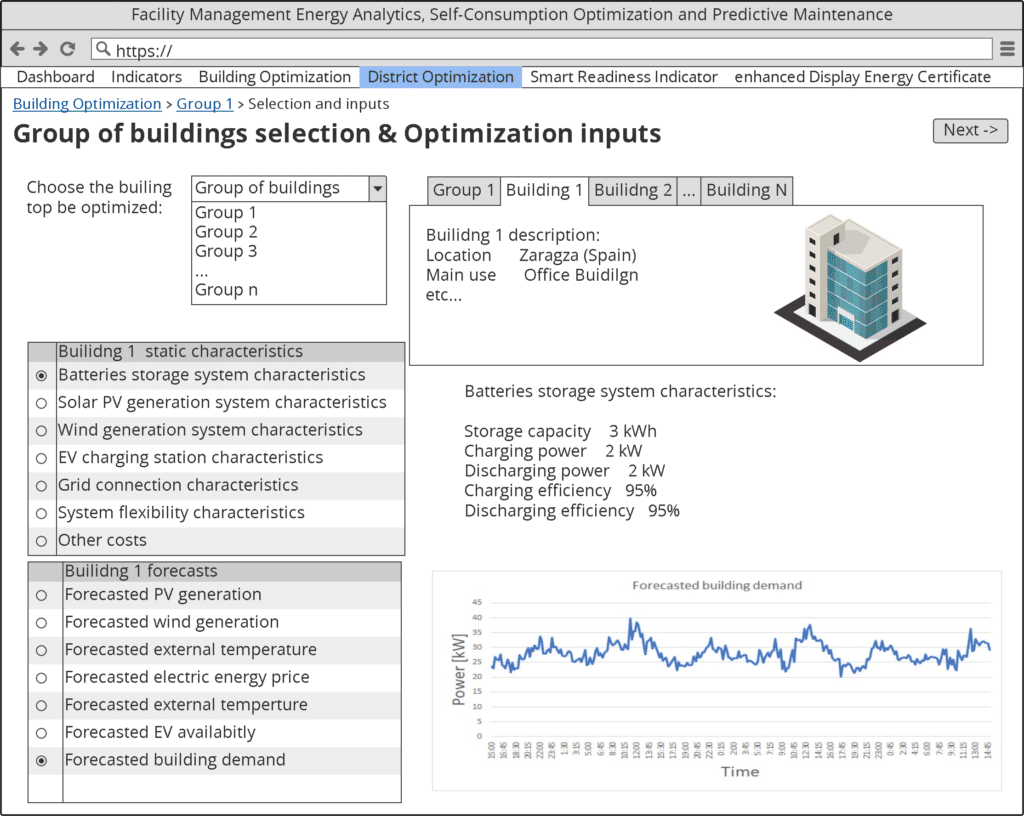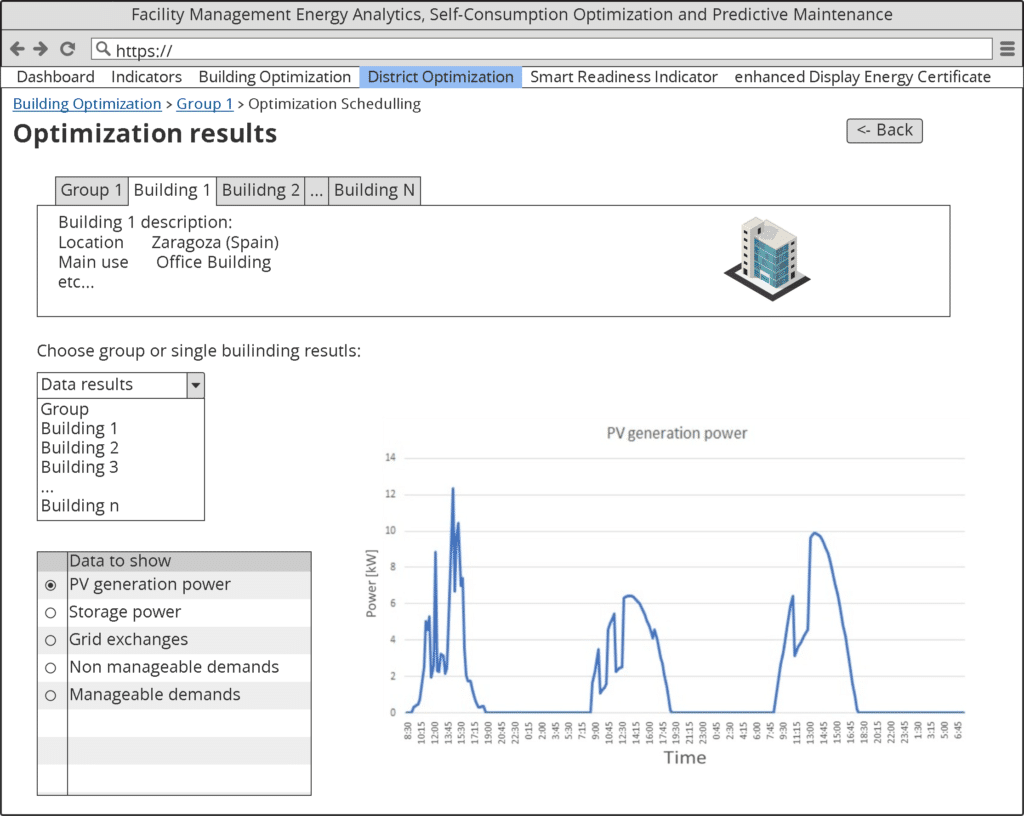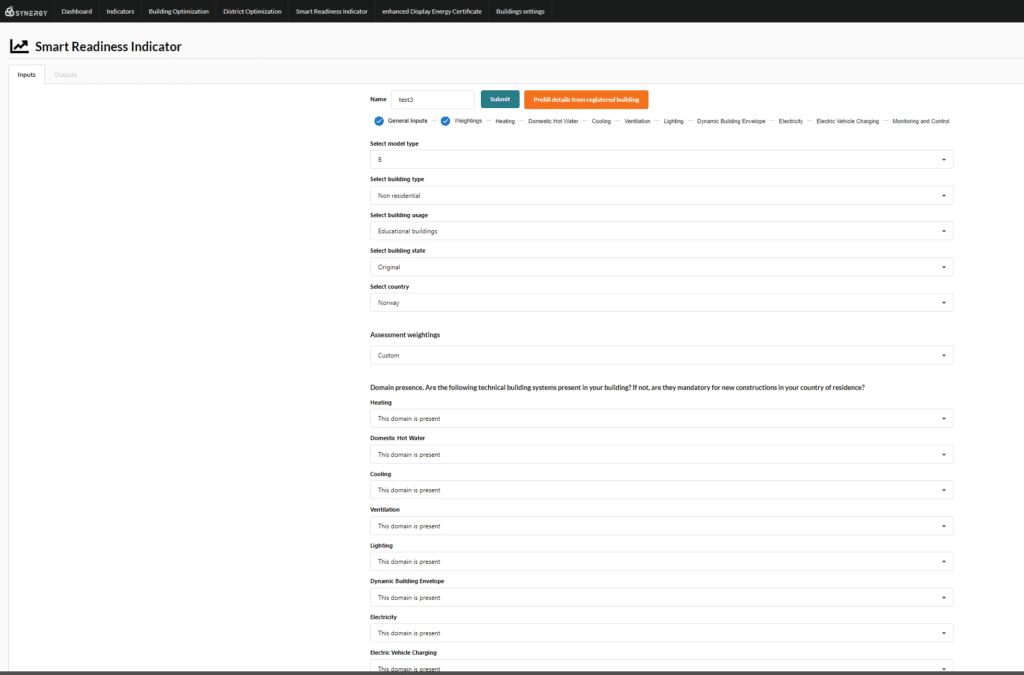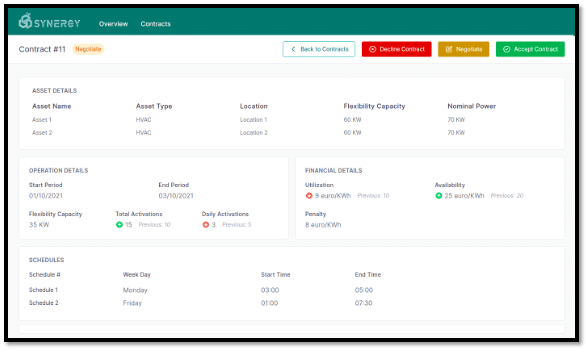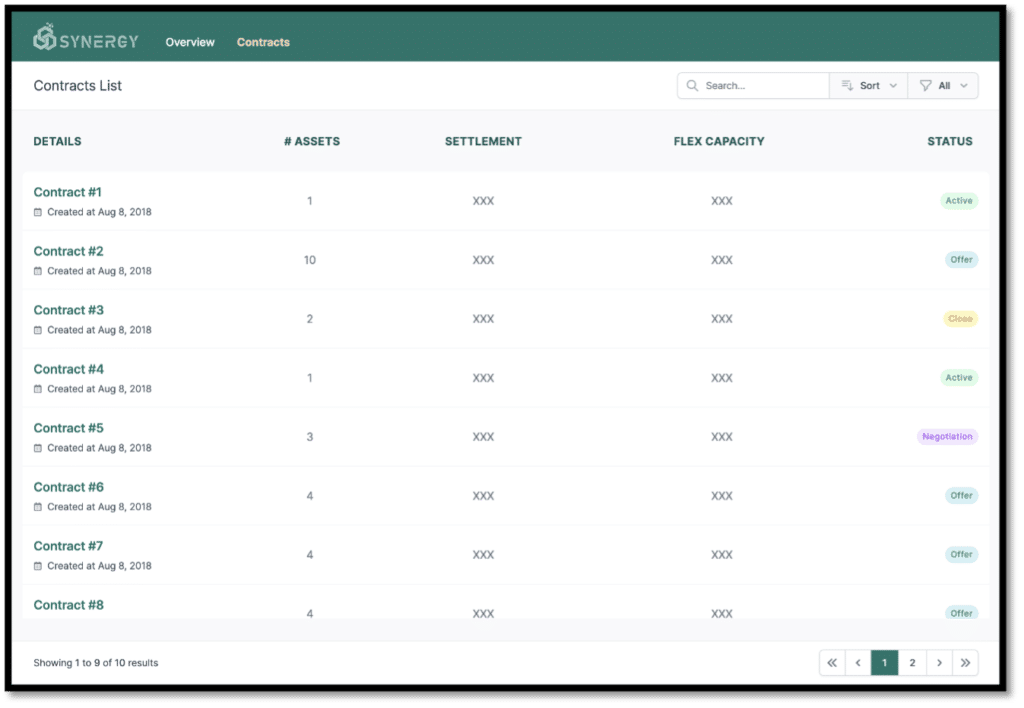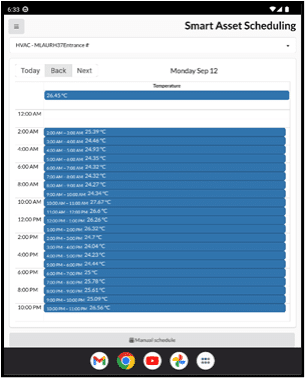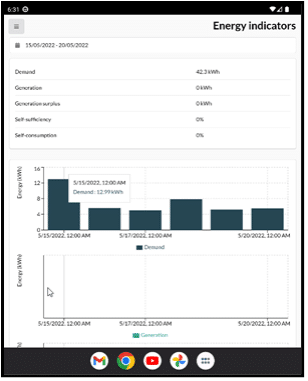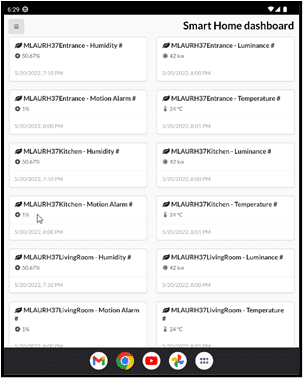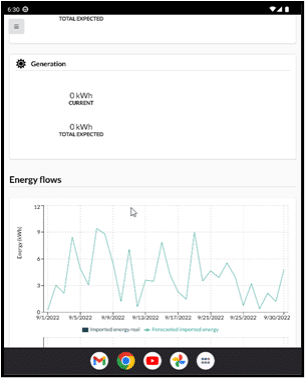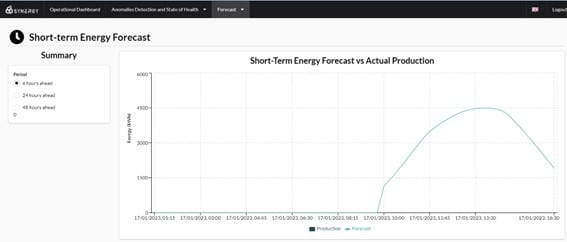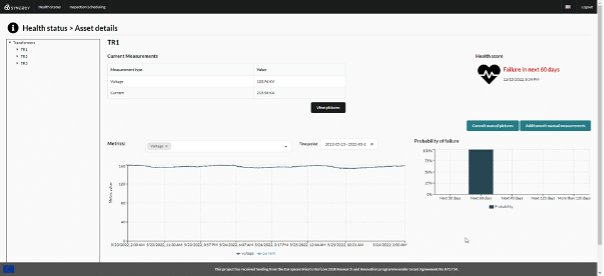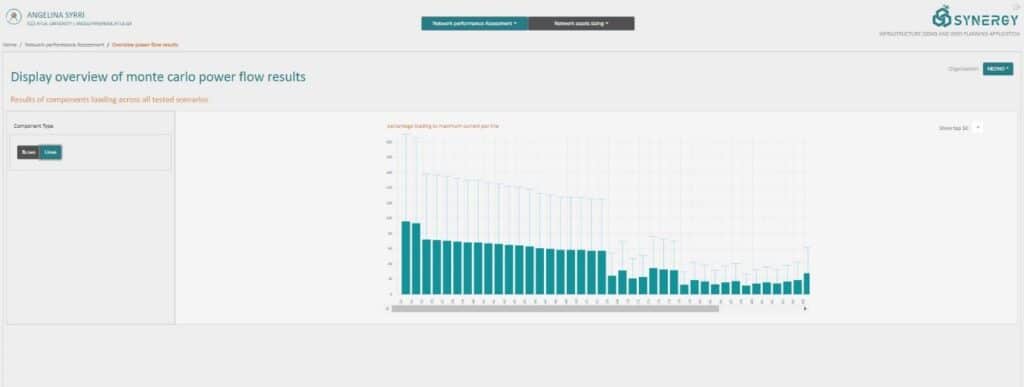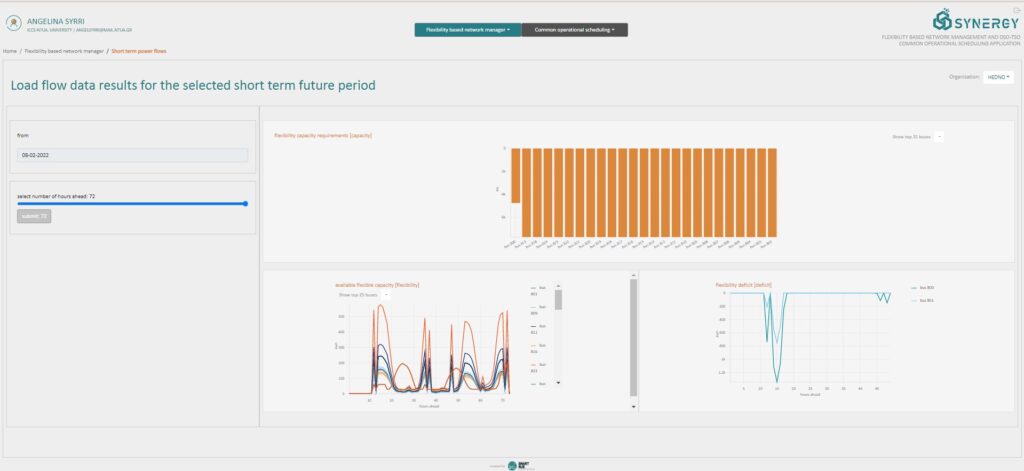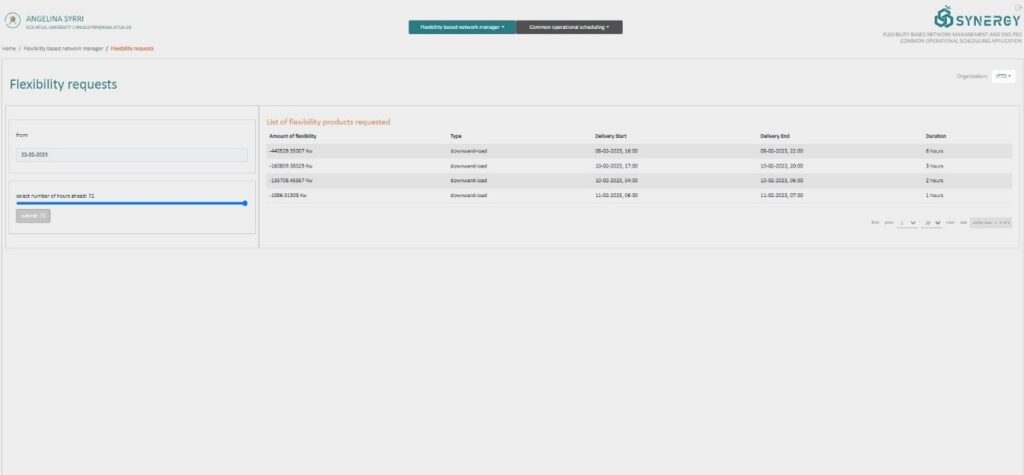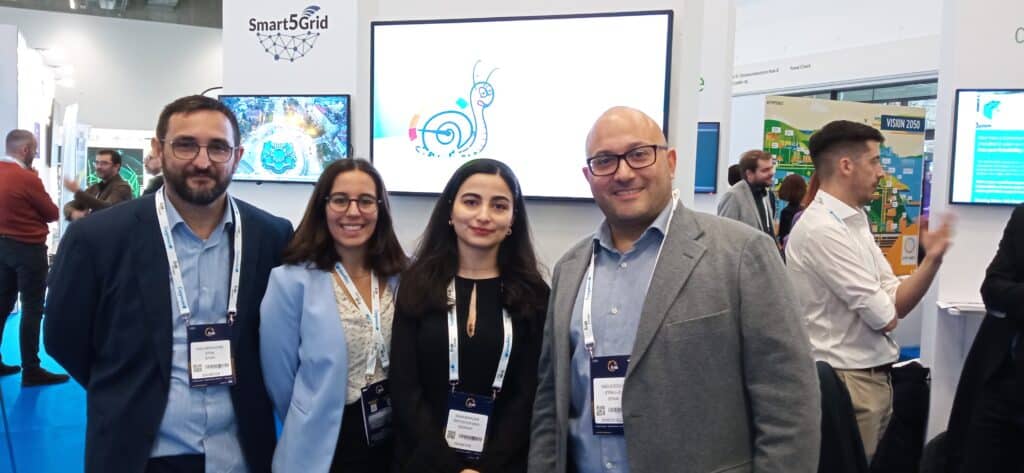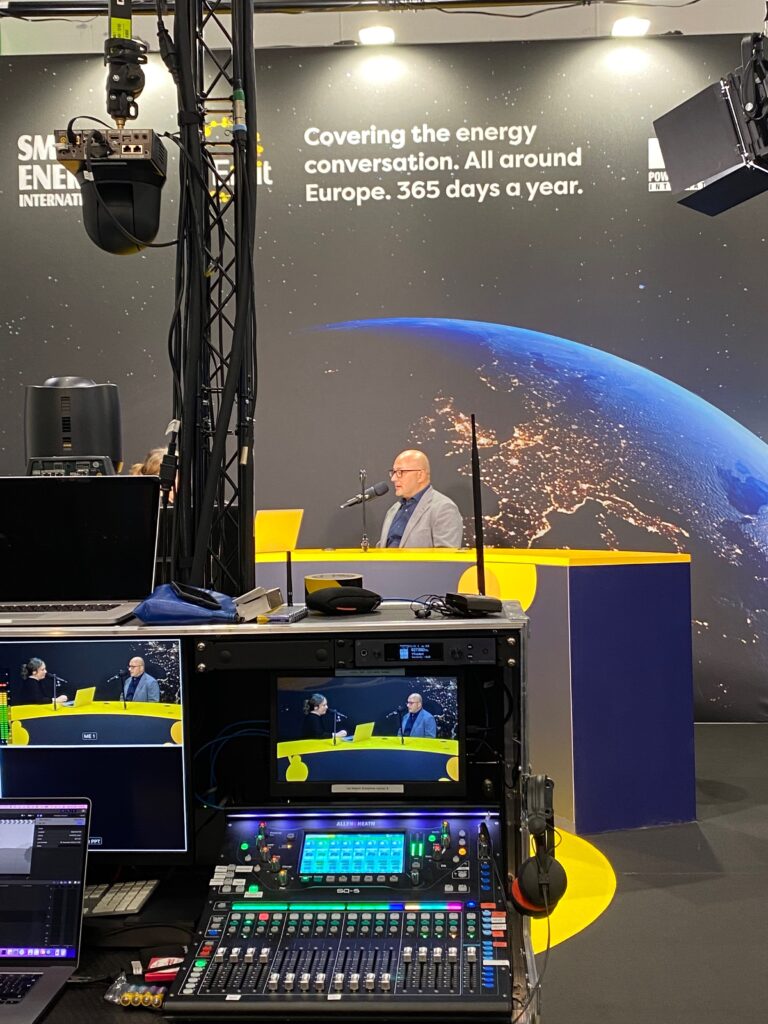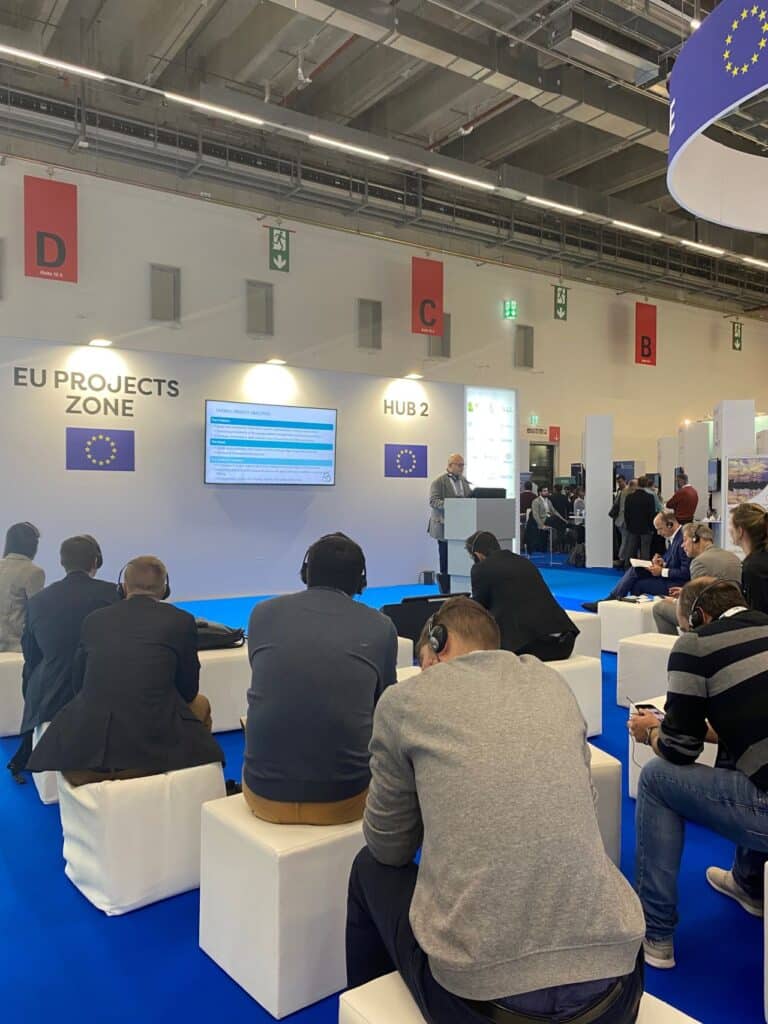IIn the realm of energy innovation, the EU-funded SYNERGY project represents a bold step forward, aiming to create a transformative Big Energy Data Platform and AI Analytics Marketplace. This visionary initiative serves as a nexus for diverse energy-related data, synthesizing information from IoT statistics, sensors, and energy markets, while simultaneously elevating AI capabilities. The project’s ambition extends to demonstrating this ground-breaking system across five European countries. Integral to SYNERGY’s evolution is the Open Call, a strategic mechanism designed to select and validate pioneering experiments and services. Among the distinguished recipients of this call is LOGIKERS, a forward-thinking entity prepared to unveil their journey within SYNERGY, shedding light on their project’s significance and the transformative impact it promises to deliver to the energy sector.
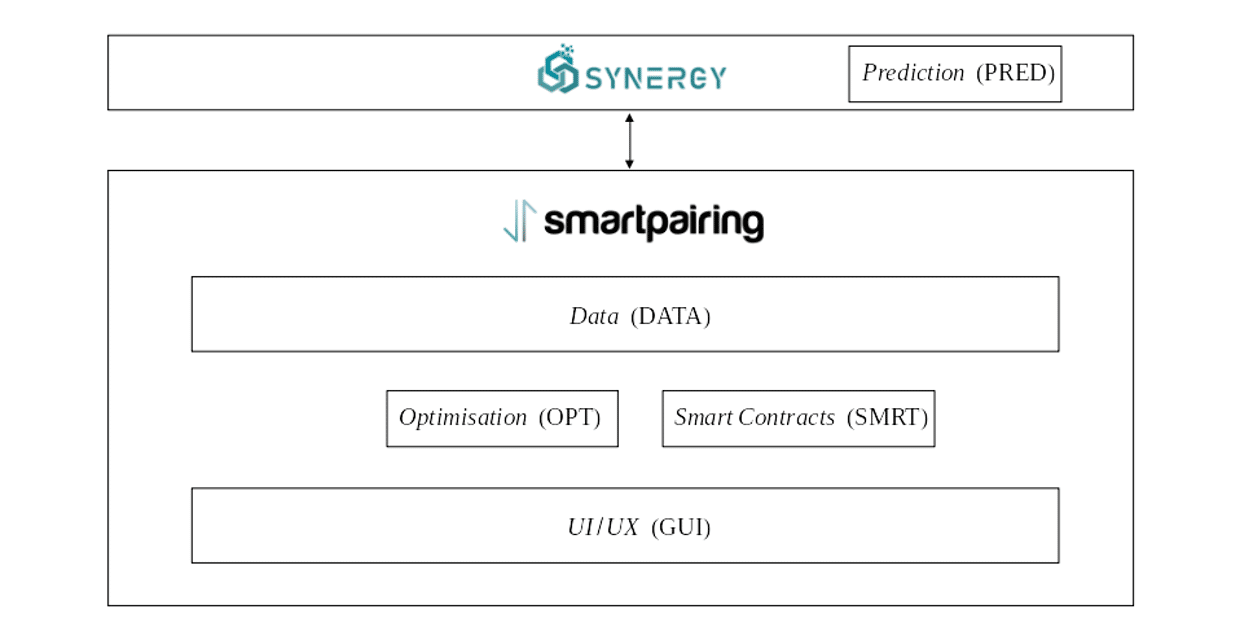
Can you start by giving us an overview of the app developed for the SYNERGY Open Call? What sets your app apart from other proposals in the Open Call, and what unique benefits does it bring to the energy sector?
“The idea behind SMARTPAIRING is to offer a software as a service in charge of optimal sharing between prosumers and consumers in a P2P electricity market. The application automatically collects data from users, performs all the analytics to find the perfect match and proceeds to perform the exchange securely using blockchain-based smart contracts.
In addition, the role of DSOs is considered, since, apart from the few cases of fully private micro-grids that have a pure P2P system, current energy models usually include DSOs as a participant in energy exchanges, either as a buyer of the surplus or as a supplier of the missing energy.
During the 8-month project period, we have managed to develop and deploy SMARTPAIRING making use of the SYNERGY platform functionalities as well as the external stand-alone deployment of optimisation and smart contracts modules. After the validation and testing phase, we can affirm that the solution shows a very efficient and promising behaviour, providing an appreciable benefit to both prosumers and consumers, yielding an increment of the profits and a reduction of the costs with respect to the base case of buying/selling energy from/to the grid.”
What motivated you to participate in the SYNERGY Open Call, and how do you believe your service contributed to the overall objectives of the project?
“We felt that SYNERGY as a Big Data platform was the perfect basis on which we could implement SMARTPAIRING. In addition, the Open Call allowed us to:
- Work closely with a consortium of entities with extensive experience and expertise in the energy sector.
- Being able to access large datasets with which to test our application.
- Make use of analytics tools to improve SMARTPAIRING’s capabilities.
- Access to funding”
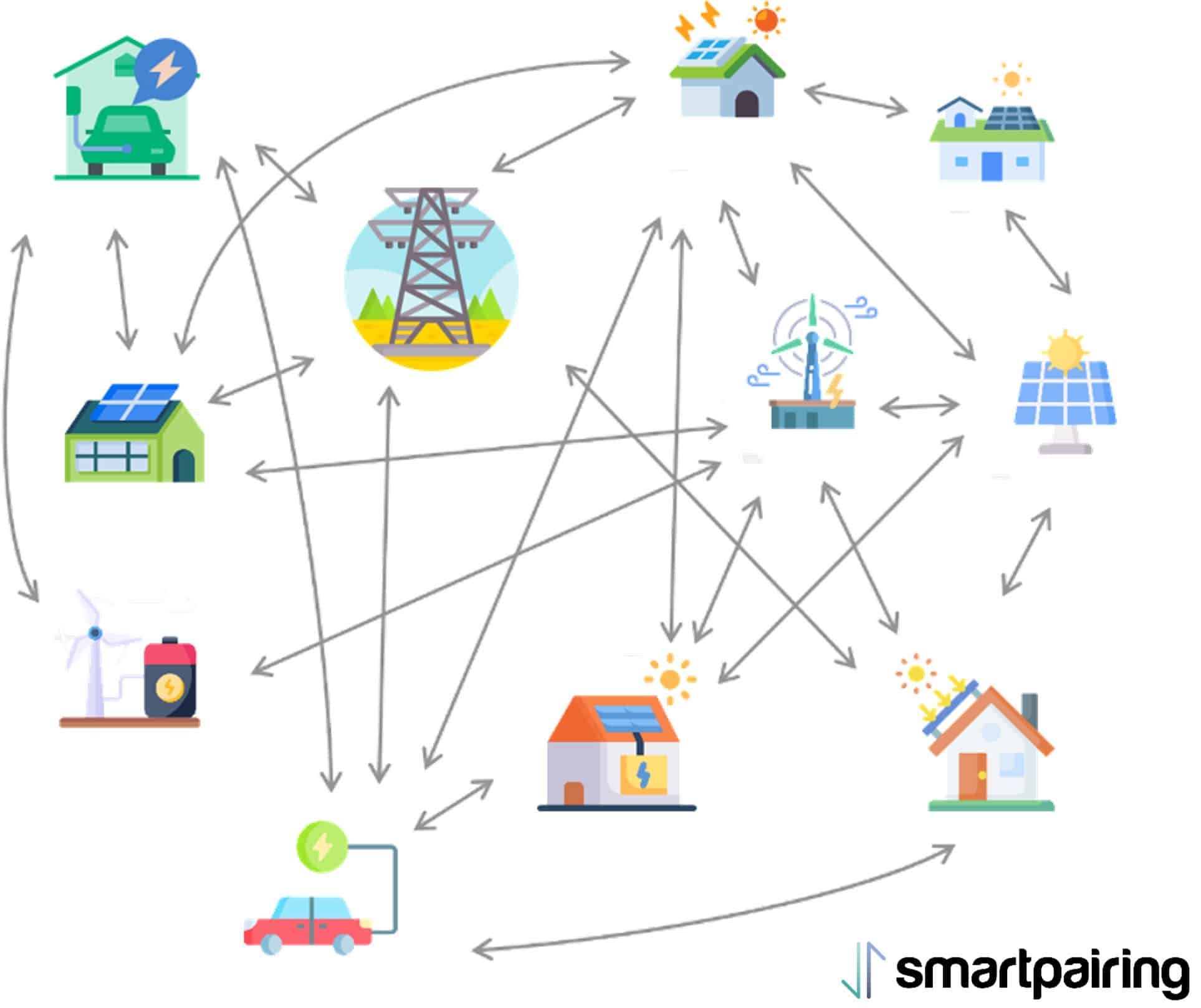
How the activities in SYNERGY Open Call allows you to innovate in your business?
“SYNERGY Open Call has meant the perfect opportunity to deploy SMARTPAIRING. On the business side, we have used the months dedicated to the Open Call to advance our goal of bringing SMARTPAIRING to market in the coming months. To this end, we have worked on the following aspects of the application:
- Value proposition.
- Sale channels.
- Revenue streams.
- Key partners.
- Cost structure.
- Customer segments
- Key activities
- Key resources”
Which category or group of stakeholders can benefit from your SYNERGY App?
“The target audiences for SMARTPAIRING will be:
- Consumers.
- Prosumers.
- Energy communities.
- Energy cooperatives.
- DSOs”
How do you plan to leverage the services developed in SYNERGY in your daily business?
“LOGIKERS aims to keep developing this application in order to be a production ready and profitable solution as business main line. In the coming months, we will focus in improving the application on a technical level in order to arise an exploitable version of SMARTPAIRING that is ready to reach the market.”
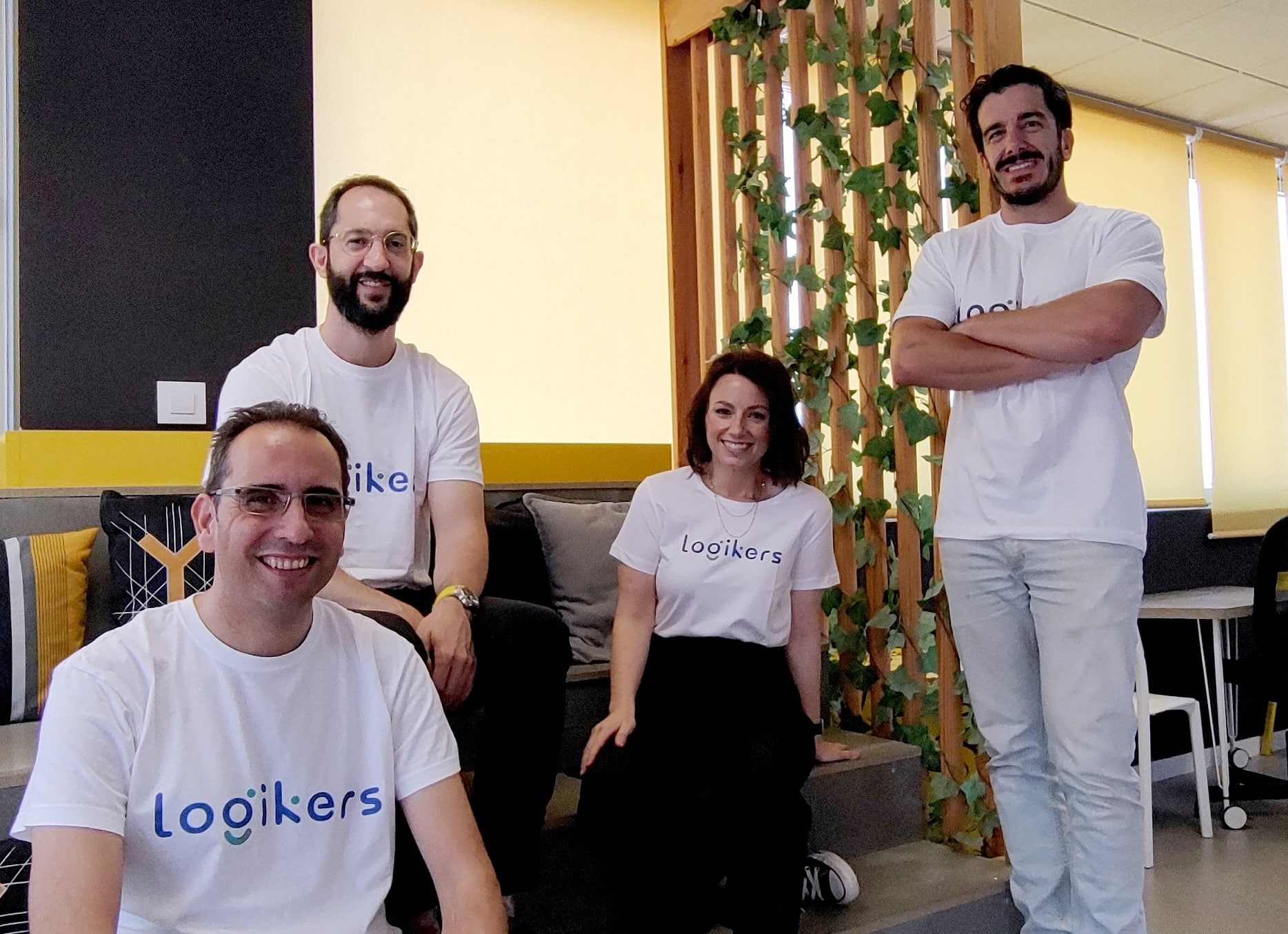
The SYNERGY project aims to develop a Big Energy Data Platform and AI Analytics Marketplace. How do you think this platform will revolutionize the energy sector, and what role does your developed app play in this transformation?
“The energy market is changing rapidly: decarbonisation, decentralisation and digitalisation are utterly transforming the industry. The recent trend towards the increase in distributed self-generation capabilities by prosumers has led to a new model of electricity exchange that is expected to grow tremendously in the coming years: peer-to-peer (P2P). Innovative tools and platforms are essential to respond to the flexibility sharing challenge, whether at the consumer level or between energy communities, and that is where SMARTPAIRING application comes in: it works as an efficient, dynamic and smart solution for electricity trading between prosumers and consumers, that offers robust data analytics for optimising the match between supply and demand offers, power forecasting analysis and blockchain technology for safe transactions based on blockchain.”
Conclusion
In the realm of energy innovation, LOGIKERS’s SMARTPAIRING application, developed through the SYNERGY Open Call, marks a significant stride towards transforming peer-to-peer electricity markets. Leveraging the SYNERGY platform’s robust capabilities, SMARTPAIRING facilitates optimal sharing between prosumers and consumers using blockchain-based smart contracts. This innovation not only enhances efficiency but also offers cost reductions and increased profits. LOGIKERS’s proactive involvement in SYNERGY showcases their commitment to advancing the energy sector. As they refine SMARTPAIRING for market readiness, their contribution epitomises the platform’s potential to revolutionise energy exchange dynamics, driving flexibility and innovation in an industry undergoing rapid transformation.
Continue reading “Unlocking the Future of Energy: SYNERGY’s Open Call Winner – LOGIKERS”